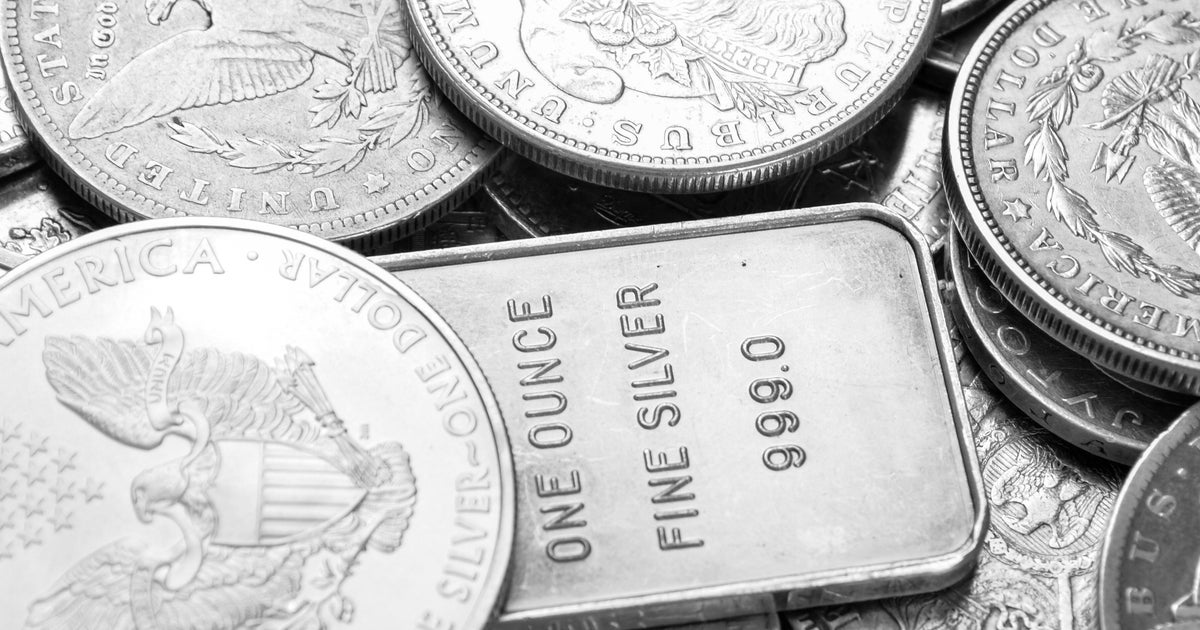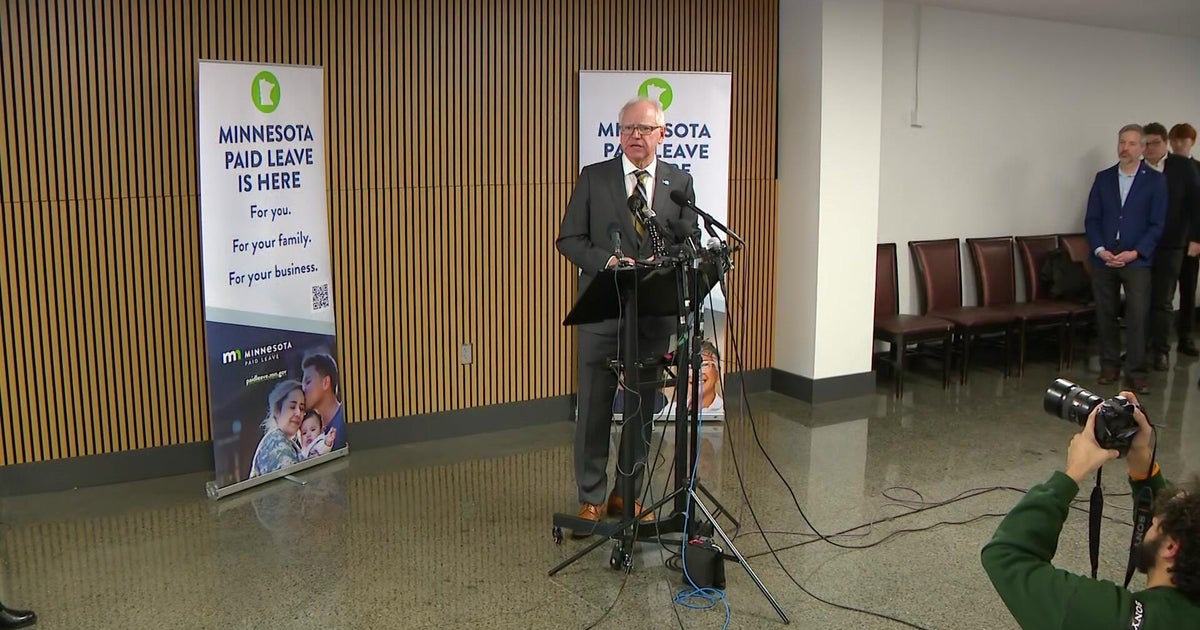You can now file your taxes. Here's how long a refund takes
- The IRS began accepting 2019 tax returns Monday, January 27.
- Refunds are the biggest "paycheck" of the year for almost half of taxpayers, who often use them to pay bills or add to an emergency fund.
- The tax agency says most refunds will be paid within three weeks of filing.
Whether it brings dread or anticipation, the tax season is officially opened. The IRS began accepting 2019 tax returns on January 27 for the 2019 tax year, with more than 150 million taxpayers expected to file this year.
The biggest question on taxpayers' minds may be how long they'll have to wait for their refunds. Last year, the IRS issued refunds for about 70% of the roughly 155 million tax returns that were filed through December 27. The average refund check last year was $2,869, or about 1.4% less than in 2018.
Even if refunds are shrinking, they represent the largest "paycheck" each year for about 44% of taxpayers, according to a December survey from Credit Karma. Its study found that taxpayers look forward to their refunds to manage their finances, such as paying bills or socking away money into an emergency fund. That might help explain why taxpayers eagerly anticipate their annual refund checks.
So how long does the typical taxpayer need to wait for their refund check after filing? Within about 21 calendar days, according to the IRS. However, the tax agency notes that it can take longer to receive your refund, typically because the IRS needs more time to process the return in case of errors or other problems.
After filing your tax return, you can check your refund status at this IRS website.
However, it's important to note that taxpayers who file paper returns won't be able to see their refund status until four weeks after they mailed the return, the IRS says. For taxpayers relying on electronic filing, they'll be able to see their refund status after 24 hours of filing, the agency adds.
Tax refunds might be welcome relief to your bank account, but it's important to remember that you've essentially given an interest-free loan to the U.S. government by overpaying your taxes. Consumers can adjust their withholding by revising their W-4 forms with their employers to ensure they aren't overpaying the taxman throughout the year.





